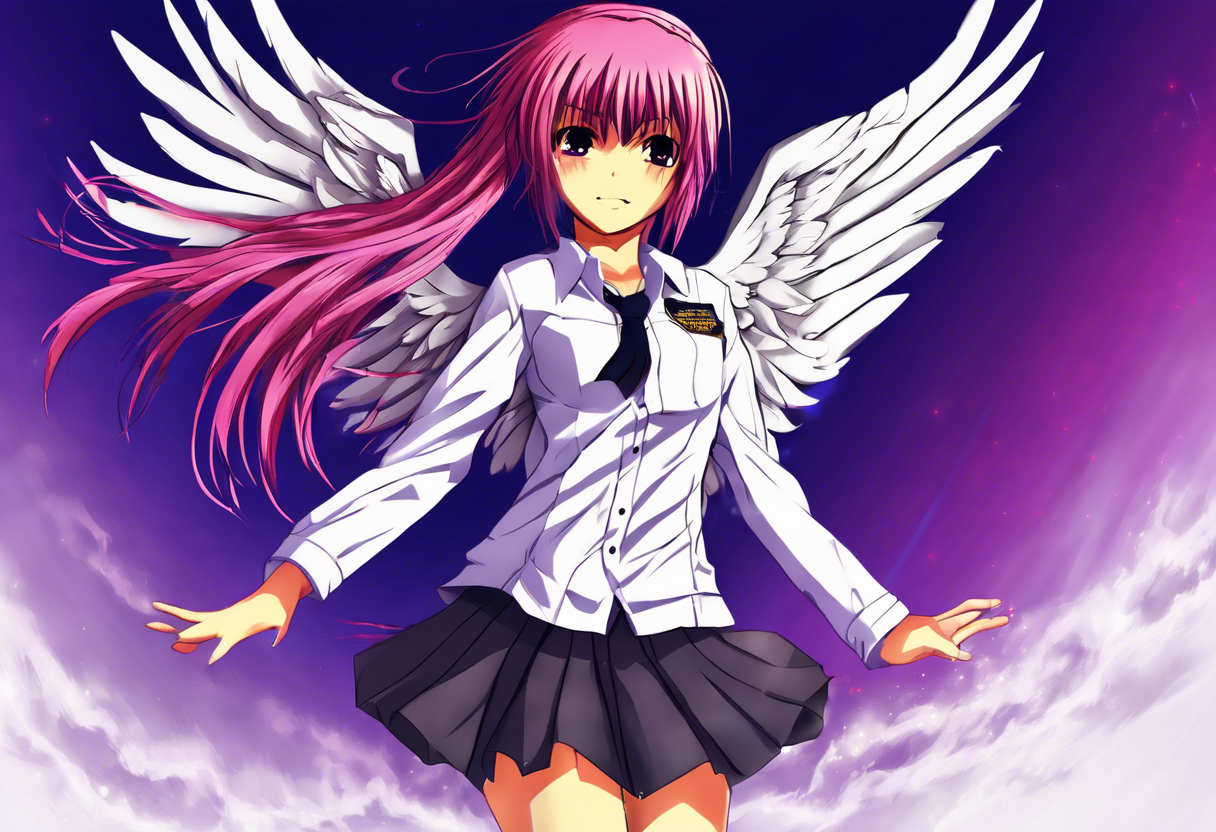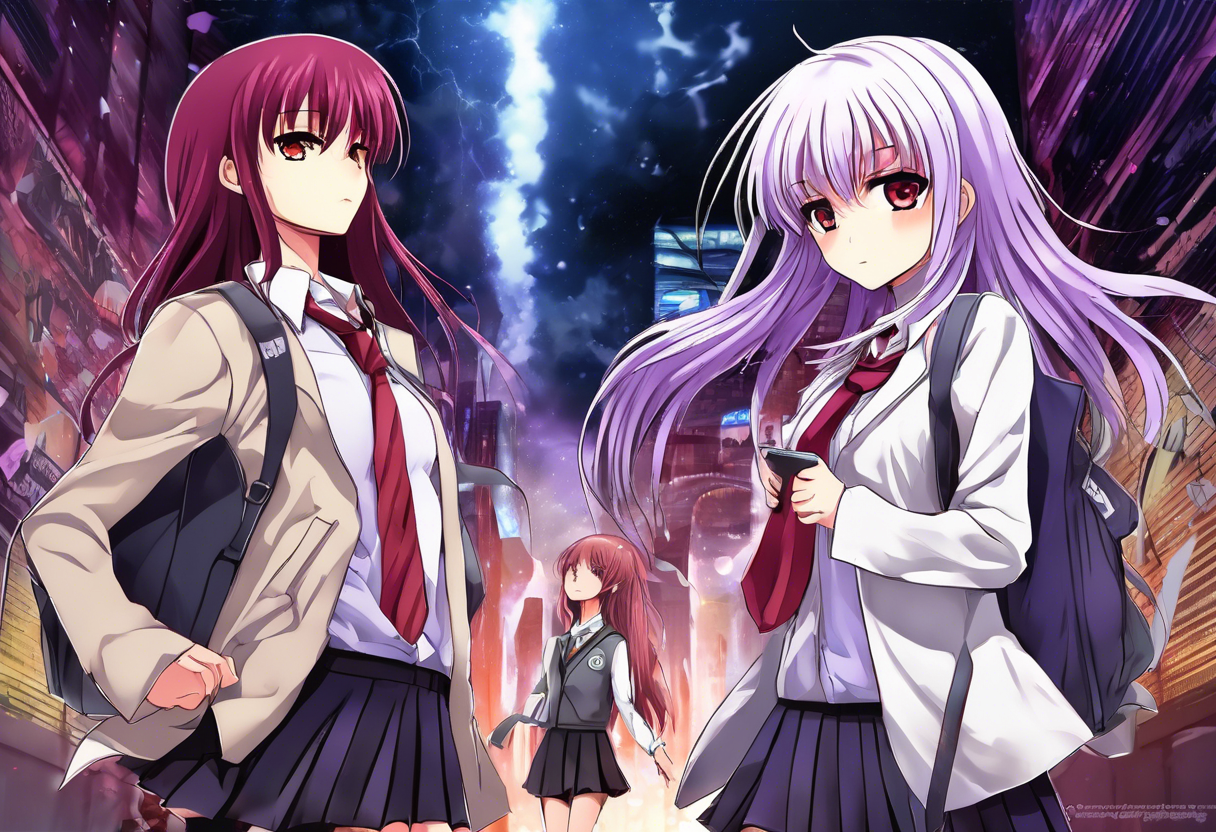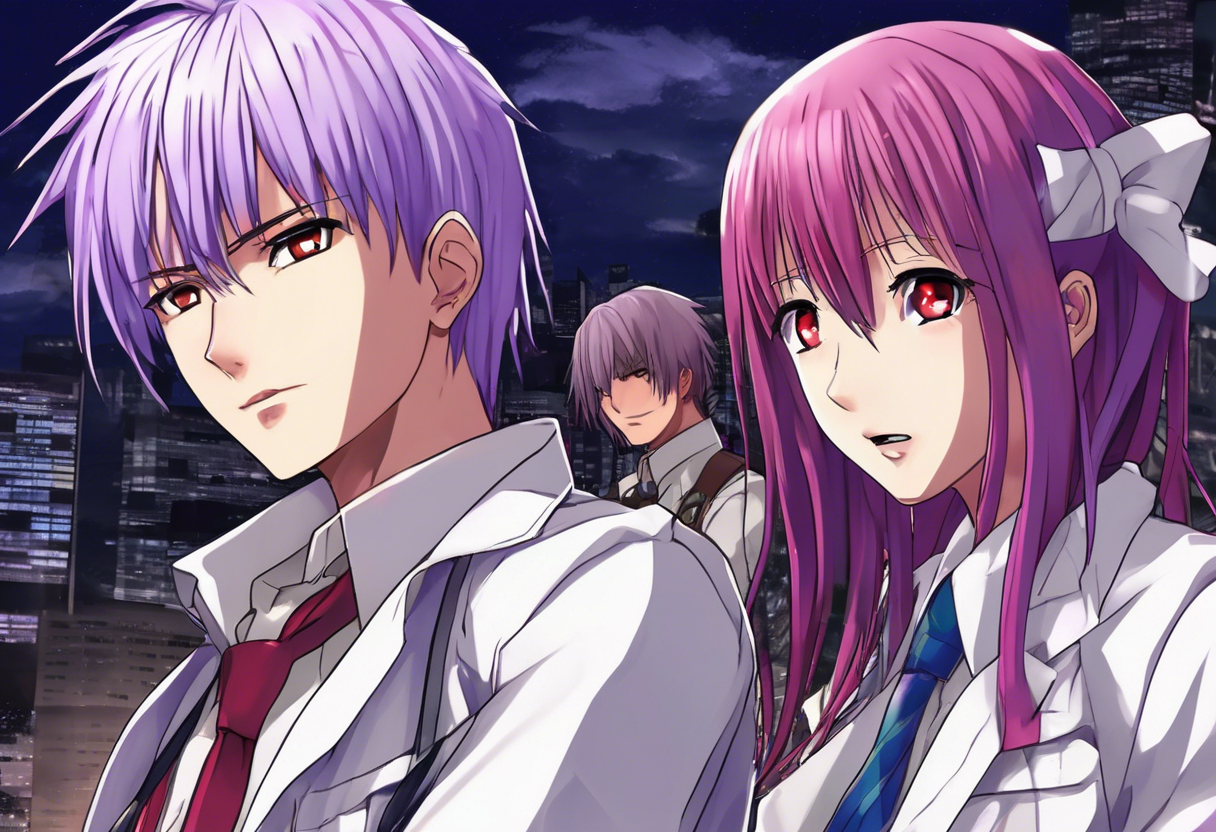Angel Beats! – Episode 8: Dancer in the Dark stands out as one of the pivotal episodes of the anime series Angel Beats!, originally released on May 22, 2010. This episode was directed by Yūji Miyashita and continues the narrative crafted under the guidance of writer Jun Maeda, who also served as the project’s producer. The series itself was produced by the renowned animation studio P.A. Works and Aniplex, combining action, supernatural themes, and poignant drama within a setting that blends high school life and an afterlife limbo. What sets this episode apart within its genre is its exploration of complex emotional and metaphysical themes through intense action sequences, combined with innovative narrative devices like cloning and sacrifice, pushing the boundaries of typical shōnen anime to deliver both thrilling and deeply reflective storytelling [1][2][4].
In Dancer in the Dark, the story resumes with the Afterlife Battlefront (SSS) facing a renewed threat from an aggressive manifestation of the character Angel Kanade. The encounter quickly escalates into violent conflict as the traditional Angel, who usually holds a calm and stoic demeanor, appears with glaring red eyes and increased hostility. The SSS faces these new threats, which complicate their usual opposition to Angel, as they witness a battle between two versions of Kanade — both stabbing each other in a fierce struggle. This shocking development introduces the concept of Kanade’s ability known as “harmonics,” enabling her to create multiple clones of herself. Recognizing the danger, Yuri, the leader of the SSS, orders her comrades to attend class to prevent being self-erased through collateral harm, while she accesses Kanade’s internal computer system to manipulate the clone’s programming. She modifies the clone’s lifespan and works to reverse the previously unexplored consequences of harmonics.
Yuri deduces that the original Kanade is confined and weakened inside an abandoned building known as the Guild. Determined to rescue her and resolve the escalating threat, the SSS mobilizes to infiltrate the Guild. However, their mission is fraught with danger as the Guild is saturated not with traps but with countless Angel clones, each more challenging than the last. The clones prove formidable opponents, forcing members of the SSS to make the ultimate sacrifice to advance toward their goal. One by one, the team is decimated, with each fallen member serving to allow the remaining fighters progress through the seemingly endless gauntlet of clones.
As the narrative unfolds, only Yuri and Otonashi remain, bearing the burden and hope of their entire group. Upon reaching the heart of the Guild, Yuri confronts and destroys the last of Kanade’s clones. Otonashi then finds the original Kanade, now severely weakened, and implores her to activate the harmonics ability once more to produce another clone that might assist in their efforts. Kanade acquiesces, creating a new, more peaceful clone who warns of the risks involved: absorbing the consciousness of all the clones back into her body carries the danger of irreversible harm. Despite the risks, the process is initiated, leading to a painful and emotionally charged convergence as the multiple clones are fused back into the original Kanade, culminating in her suffering but also the resolution of the clone threat once and for all [1][4].
Thematically, Dancer in the Dark delves deeply into ideas of identity, sacrifice, and the costs of survival. The clones embody a fragmentation of self, raising questions about consciousness and personhood. Kanade’s suffering in reabsorbing her clones symbolizes the internal struggles individuals face when reconciling conflicting facets of their identity and past actions. The episode also explores the theme of self-sacrifice through the death of the SSS members who risk everything for the collective good, underlining the poignancy of loss versus hope in the afterlife setting. These elements not only elevate the episode’s emotional resonance but also reinforce broader questions about the nature of existence and redemption, consistent with Angel Beats!’ overall narrative philosophy [4].
Culturally, Dancer in the Dark contributed significantly to Angel Beats!’ appeal and legacy. Upon release, it was widely noted for its bold storytelling approach and dramatic escalation from earlier episodes. The episode’s depiction of sacrifice and novel use of cloning within an anime context have been recognized for blending emotional depth with metaphysical sci-fi elements, influencing subsequent media that explore similar themes of identity and self-multiplicity. It has been referenced in discussions about anime that effectively merge action with existential drama, and its characters and scenes have appeared in fan works, animations, and live events, further embedding it in anime culture [1][4].
Critically, this episode garnered praise for its compelling mix of intense action sequences and intricate character moments. Reviewers noted the effective use of tension as the SSS faces clone after clone, heightening stakes through well-timed sacrifices and strategic battle tactics. The emotional weight carried by Kanade’s painful absorption of her clones received particular acclaim, being described as a nuanced portrayal of burden and resilience. Some critiques centered on the episode’s complexity, with viewers finding the rapid thematic shifts and detailed clone mechanisms challenging to follow, but these were generally overshadowed by the overall storytelling success. Differing interpretations have arisen around the moral implications of the clones’ existence and the ethical costs of Kanade’s power, highlighting the episode’s capacity to provoke thoughtful discussion [4][3].
The legacy of Dancer in the Dark remains robust within the Angel Beats! franchise and the broader anime community. It continues to be studied for its narrative daring and technical craftsmanship, inspiring filmmakers and animators interested in combining emotional depth with science fiction concepts. The episode’s blend of high-energy battles and poignant storytelling has set a benchmark for mid-series episodes that balance spectacle with character arcs. It also holds a place in cinematic history as an example of how animation can explore abstract psychological territories within genre frameworks, encouraging future creators to push the medium’s expressive boundaries. Through fan engagement, academic interest, and its lasting emotional impact, Dancer in the Dark preserves its status as a standout entry in early 21st-century anime [1][4].
References
- https://en.wikipedia.org/wiki/List_of_Angel_Beats!_episodes
- https://en.wikipedia.org/wiki/Angel_Beats!
- https://www.youtube.com/watch?v=zR2cT2-AsX0
- https://www.johndiew.com/angel-beats-episode-08-dancer-in-the-dark/
- https://sonictheplumber.wordpress.com/2013/05/11/angel-beats-season-1-episode-8-dancer-in-the-dark/







